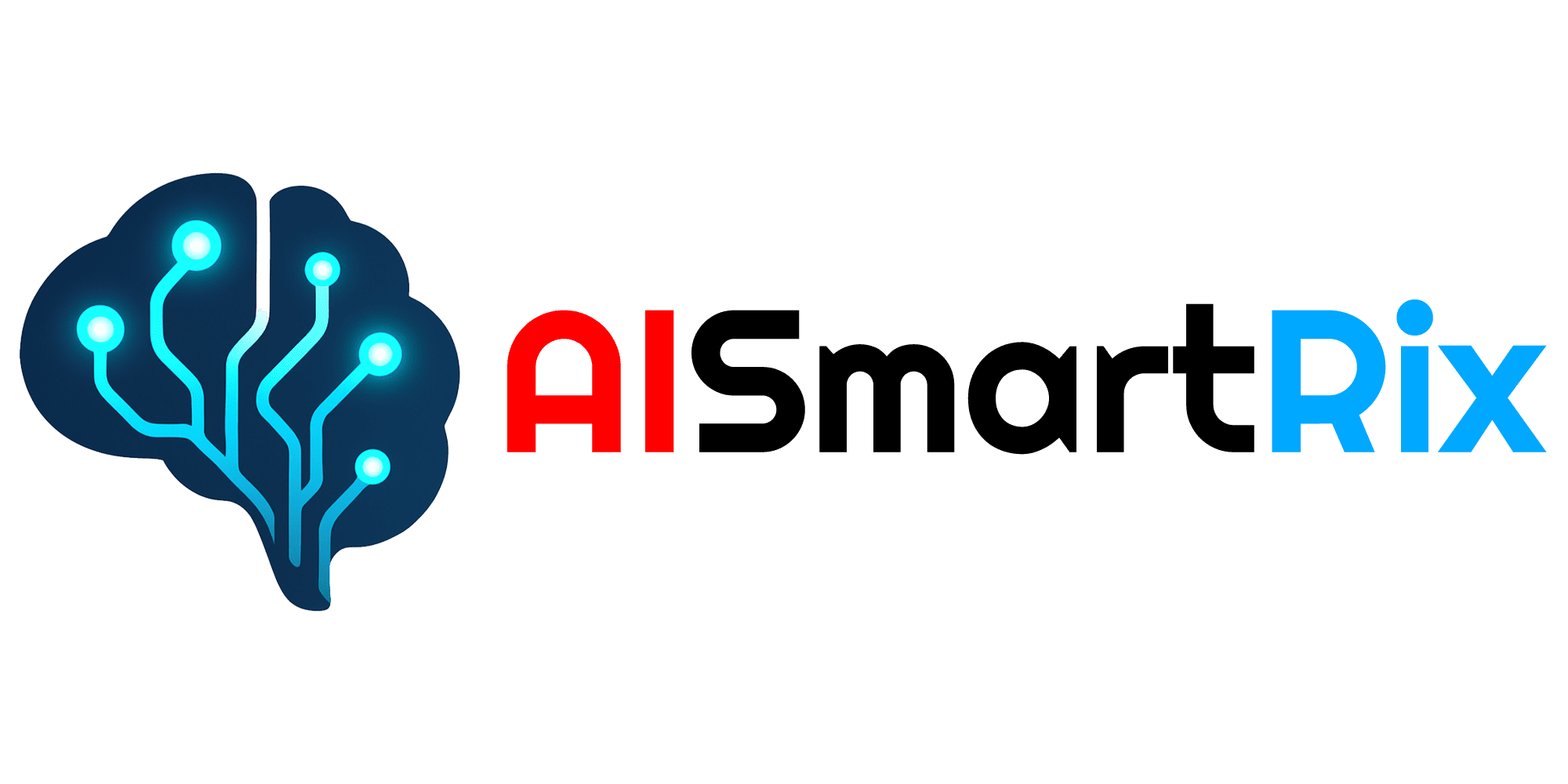Federated AI: How Powerful Models Learn Without Stealing Your Data
As AI technology advances, concerns about privacy and data security have never been higher. Enter Federated AI, a revolutionary approach that allows powerful AI models to learn from vast datasets without ever taking or centralizing user data. This breakthrough is transforming industries from healthcare to finance, enabling smart decision-making while keeping sensitive information safe.
In this article, we explore what federated AI is, how it works, its applications, benefits, and the future of privacy-preserving artificial intelligence.
1. Understanding Federated AI
Federated AI, or federated learning, is a method of training AI models across multiple decentralized devices or servers without requiring raw data to leave its source. Instead of gathering data in a central location, the model learns locally on each device, and only aggregated updates or model parameters are shared.
Key characteristics include:
- Privacy preservation: Raw user data never leaves personal devices or secure servers.
- Decentralized learning: AI models train collaboratively across devices like smartphones, IoT sensors, and edge servers.
- Efficiency: Reduces the need for massive centralized datasets and heavy data transfers.
- Compliance-friendly: Supports privacy regulations such as GDPR and CCPA by design.
In short, federated AI is about “learning together, without sharing secrets.”
2. How Federated AI Works
Federated learning follows a distributed training process:
- Model Initialization: A global AI model is sent to multiple devices.
- Local Training: Each device trains the model using its local data.
- Parameter Sharing: Devices send model updates (not raw data) to a central aggregator.
- Model Aggregation: The central server combines updates to improve the global model.
- Iteration: The updated model is redistributed, and the cycle continues.
This approach ensures data privacy while still enabling highly accurate AI models that benefit from diverse and rich datasets.
3. Applications of Federated AI
Federated AI is rapidly expanding across various sectors:
- Healthcare: Hospitals can collaboratively train models on patient data without exposing sensitive medical records.
- Finance: Banks can detect fraud and improve risk models without sharing customer account information.
- Smartphones & Apps: Predictive text, voice recognition, and recommendation systems improve without sending personal data to the cloud.
- IoT Devices: Federated learning allows smart home devices, wearables, and industrial sensors to adapt and optimize performance locally.
- Autonomous Vehicles: Cars share learned insights about traffic, hazards, and road conditions without sending private user data.
These applications demonstrate how federated AI balances innovation with privacy, making it indispensable in a data-sensitive world.
4. Benefits of Federated AI
Adopting federated AI provides several compelling advantages:
- Data Privacy and Security: Sensitive information never leaves its source.
- Reduced Data Transfer: Minimizes network bandwidth and storage costs.
- Enhanced Model Accuracy: Aggregates insights from diverse data sources while maintaining local relevance.
- Regulatory Compliance: Facilitates adherence to strict data privacy laws.
- User Trust: Customers are more willing to interact with services that safeguard their personal data.
The combination of privacy, efficiency, and improved intelligence makes federated AI an appealing solution for modern enterprises.
5. Challenges and Considerations
Despite its advantages, federated AI faces challenges:
- System Complexity: Coordinating decentralized learning and aggregation can be technically demanding.
- Device Heterogeneity: Varying hardware capabilities may impact performance and model training.
- Communication Overhead: Frequent updates between devices and central servers can strain networks.
- Security Risks: While raw data is protected, model updates may still be vulnerable to certain attacks if not properly encrypted.
Addressing these challenges is crucial to unlocking the full potential of federated AI at scale.
6. The Future of Privacy-Preserving AI
Federated AI is setting the stage for a new era of ethical, privacy-conscious machine learning:
- Widespread Adoption: Expect federated AI to become standard in healthcare, finance, and consumer tech.
- Integration with Edge AI: Combining federated learning with edge computing ensures real-time intelligence without compromising privacy.
- AI Collaboration Across Industries: Federated AI enables multi-company collaboration without exposing sensitive proprietary data.
- Stronger Trust Ecosystems: Privacy-preserving AI builds confidence among users, fueling adoption and innovation.
As the digital landscape becomes increasingly data-driven, federated AI ensures that privacy and intelligence can coexist harmoniously.
Conclusion
Federated AI represents a paradigm shift in how machines learn and make decisions. By enabling models to train on decentralized datasets without taking sensitive information, it solves one of the biggest challenges in AI today: balancing innovation with privacy.
The question now becomes: Which sectors will embrace federated AI first, and how will this technology reshape the way we interact with intelligent systems in our everyday lives?





